The line bit rate is the number of bits per second being moved.
The data bit rate is the number of information bits being moved per second.
The baud rate is the number of symbols per second (Baud is named after Emile Baudot)
The line rate and information rate can be different due to line coding
An example of line coding is QAM; QAM64 encodes 6 bits per symbol (\$ 64\ =\ 2^6\$), so the baud rate would be the \$ \frac {line bit rate} {6}\$
As a (very contrived) example we might see something like this:
Base rate = 64000 bits per second - this is the data rate
Line coded using standard framing on a 32 bit basis adding 1 framing bit per word: this adds 2000 framing bits, so the line rate is now 66,000 bits per second.
Now we perform QAM16 (encodes 4 bits per symbol), so the baud rate (or symbol rate) = 16.5kBaud
Another way that the line bit rate and data rate may be different is where we need to stuff bits in the bitstream, such as SDLC.
The SDLC framing symbol is 01111110 (0x7E) and is used for both the start and end of frame; clearly we don't want data fields to be a frame symbol and erroneously flag a start or end of a frame which would render the link useless.
To prevent this, if a sequence of 5 '1' bits are detected within the payload section of the frame (which the transmit source knows about), a zero is inserted into the bit stream to prevent a premature end of frame symbol. The overhead on the channel is not deterministic, incidentally.
